Search The Collection
Filter By
Object Type / Material
Geographic Location
Date / Era
Department
Show Only:
- As part of the Met's Open Access policy, you can freely copy, modify and distribute this image, even for commercial purposes.APIPublic domain data for this object can also be accessed using the Met's Open Access API
- Objects with changed or unknown ownership in continental Europe between 1933-1945. Learn more
Showing 29 results for Indian Subcontinent, probably Coromandel Coast region, for the European market
Sort By:
Indian Subcontinent, probably Coromandel Coast region, for the European market
1720–40
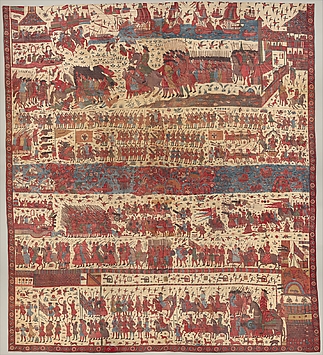
Indian, Coromandel Coast, for British market
before 1763
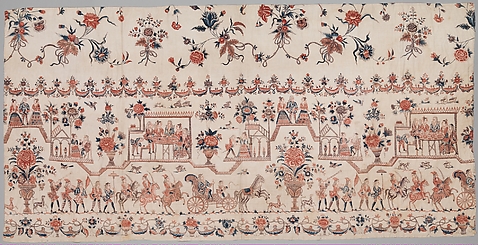
Indian, Coromandel Coast, for Dutch market
third quarter 18th century
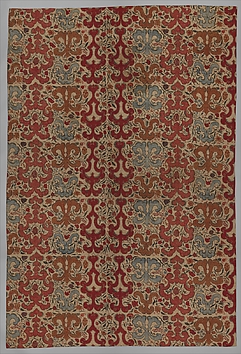
India (Coromandel Coast), for the European market
first quarter of the 18th century

Indian, Coromandel Coast, for export market
first quarter 18th century
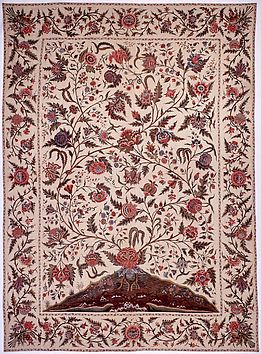
India (probably Coromandel Coast), for the European market
1750–1800
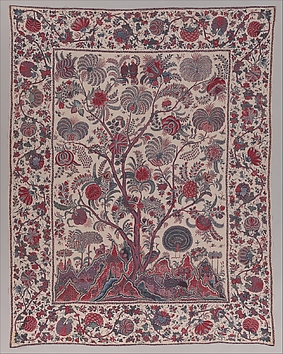
India (Coromandel Coast), for the European market
ca. 1765
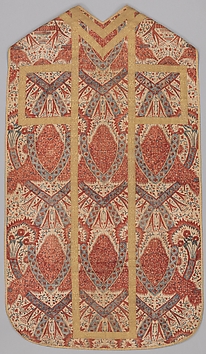
Indian, Coromandel Coast and Central European, for European market
ca. 1725, patched and reassembled in current form ca. 1775
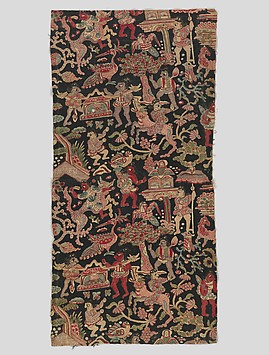
India (Coromandel Coast), for the Japanese market
late 17th–early 18th century
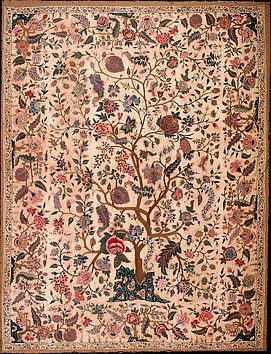
Indian (Coromandel Coast), for the European market
mid-18th century
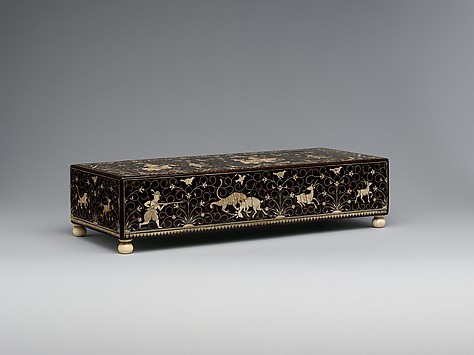
ca.1600

India (Coromandel Coast), for Indonesian market
ca. 1720s
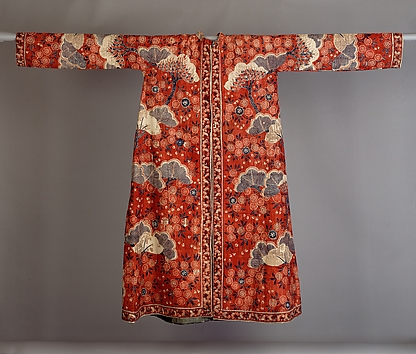
India (Coromandel Coast), for the Dutch market
early 18th century
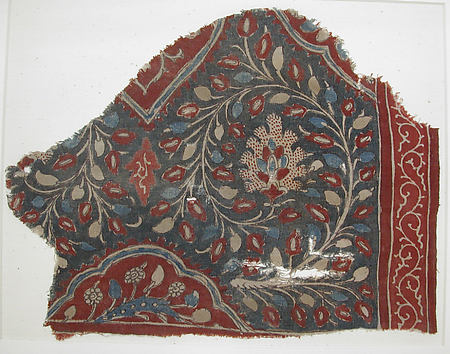
16th century

18th century
Indian, for the European market
ca. 1700
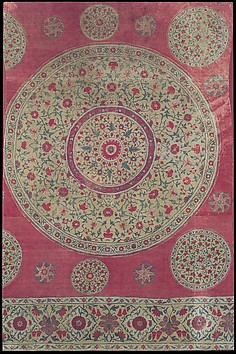
1700–1740
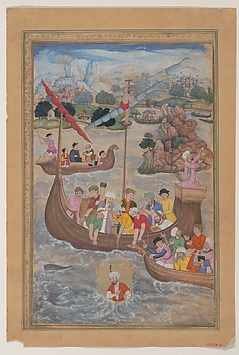
Amir Khusrau Dihlavi
1597–98

Medici Porcelain Manufactory
ca. 1575–80
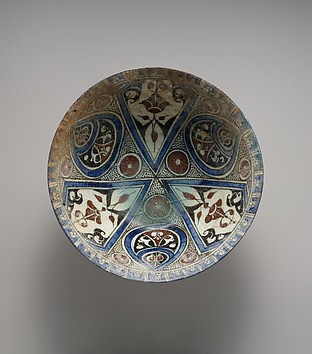
late 12th–early 13th century
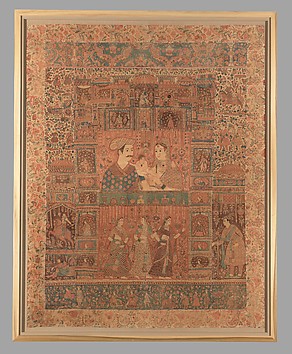
ca. 1640–50
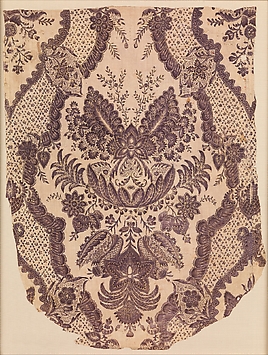
18th century
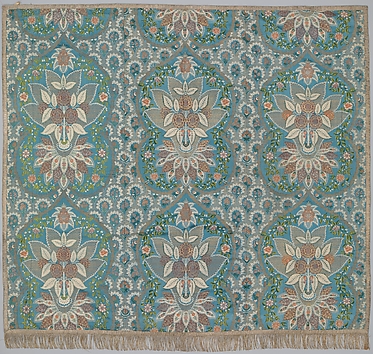
French
1720s
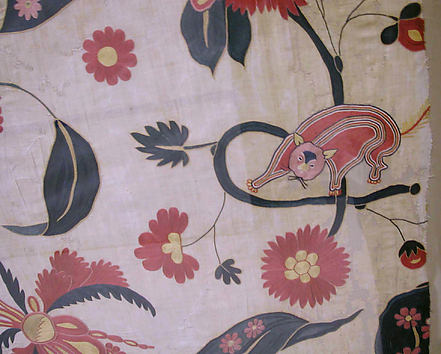
17th century

mid-17th century
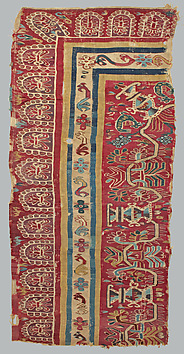
Peruvian
late 16th–17th century
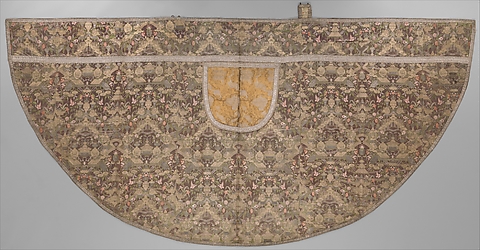
Dutch and Italian
main textile: 1720s; hood textile: mid-17th century
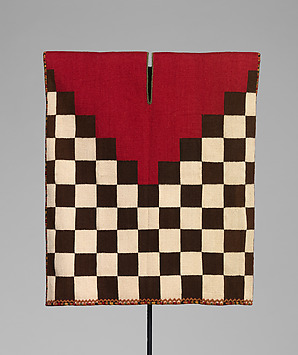
Inca
1460–1626
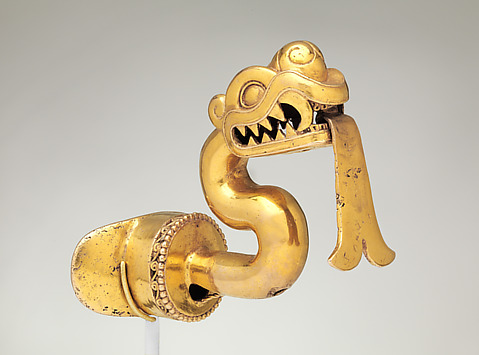
Aztec
1300–1521 CE